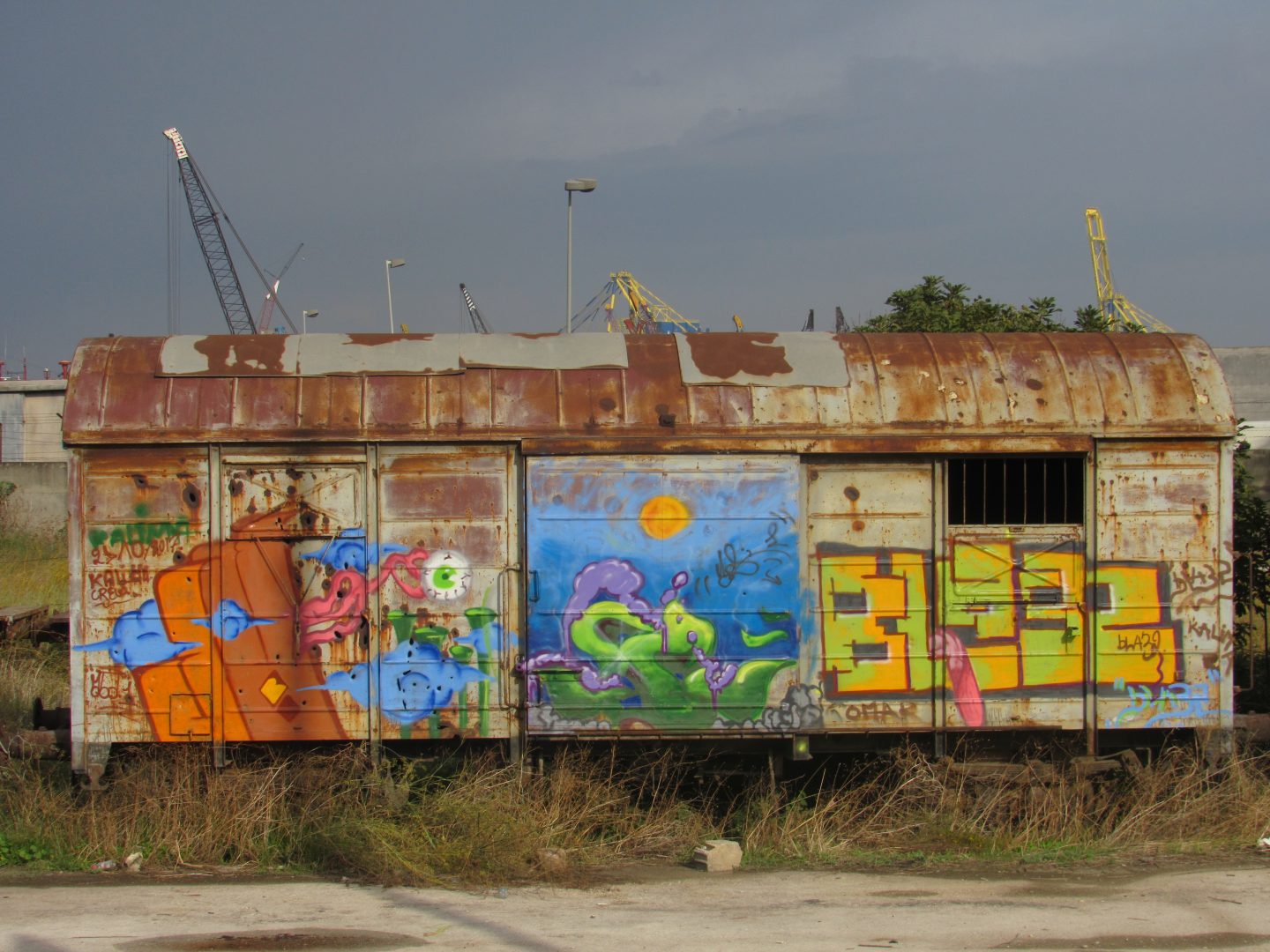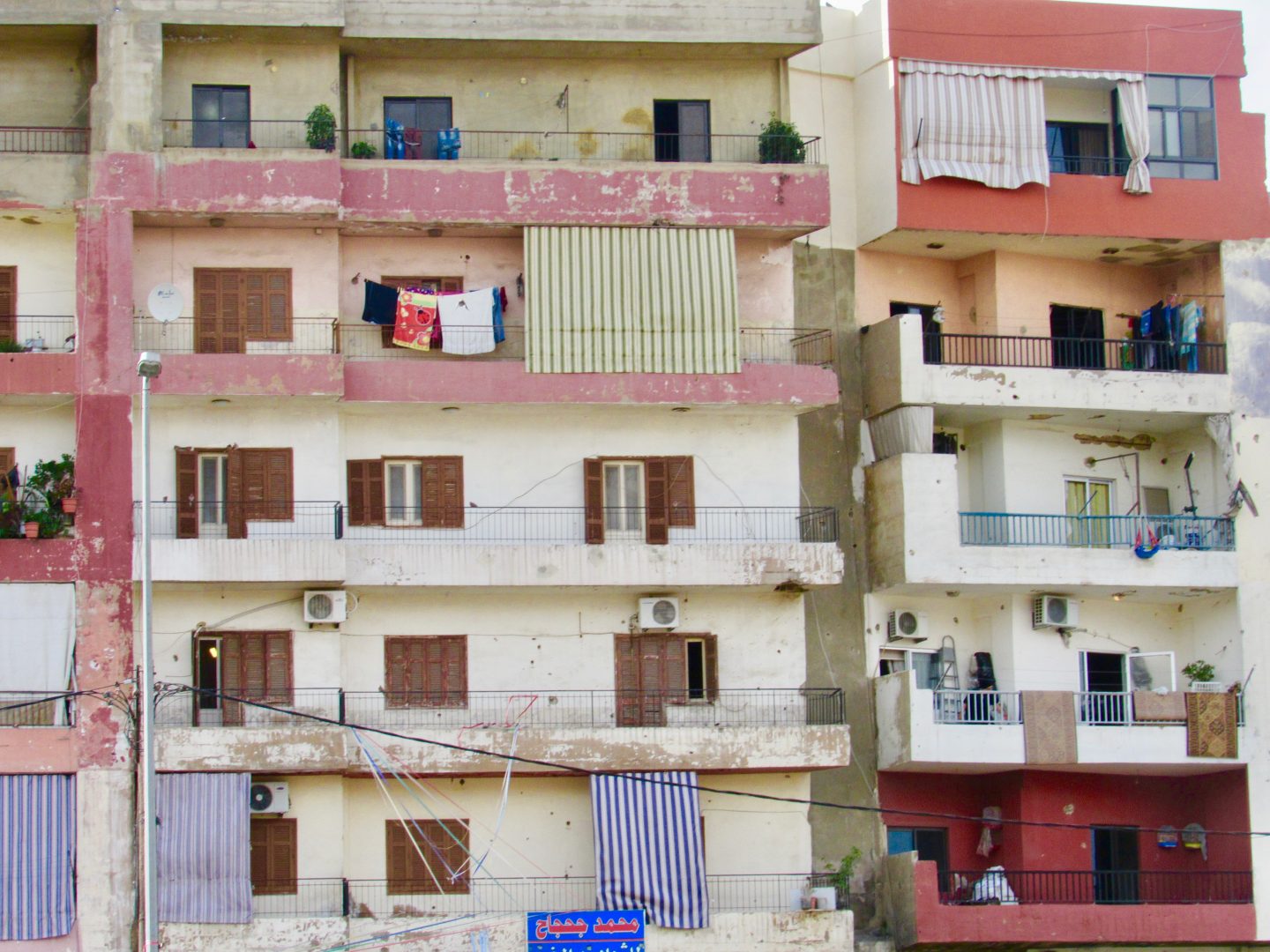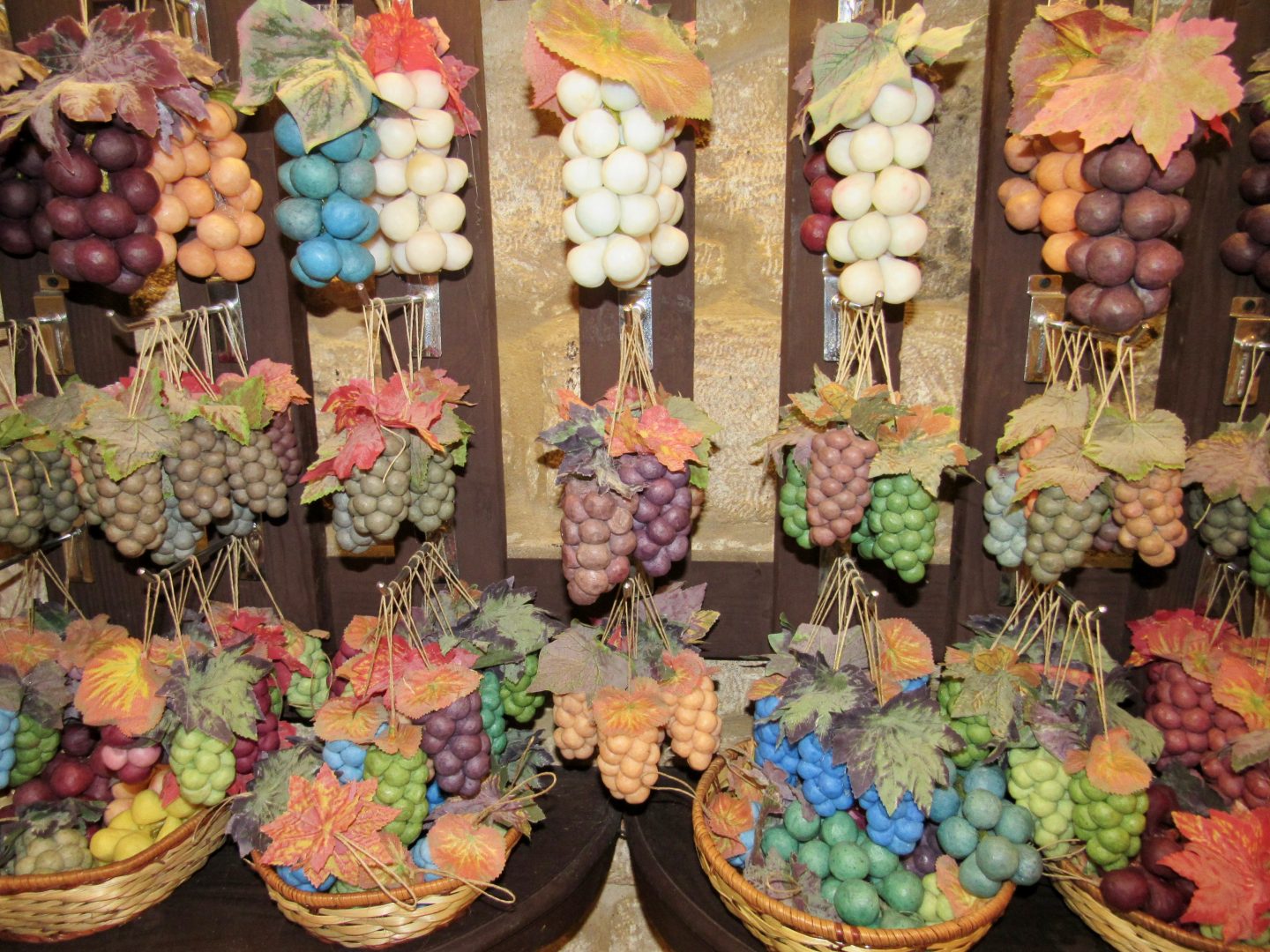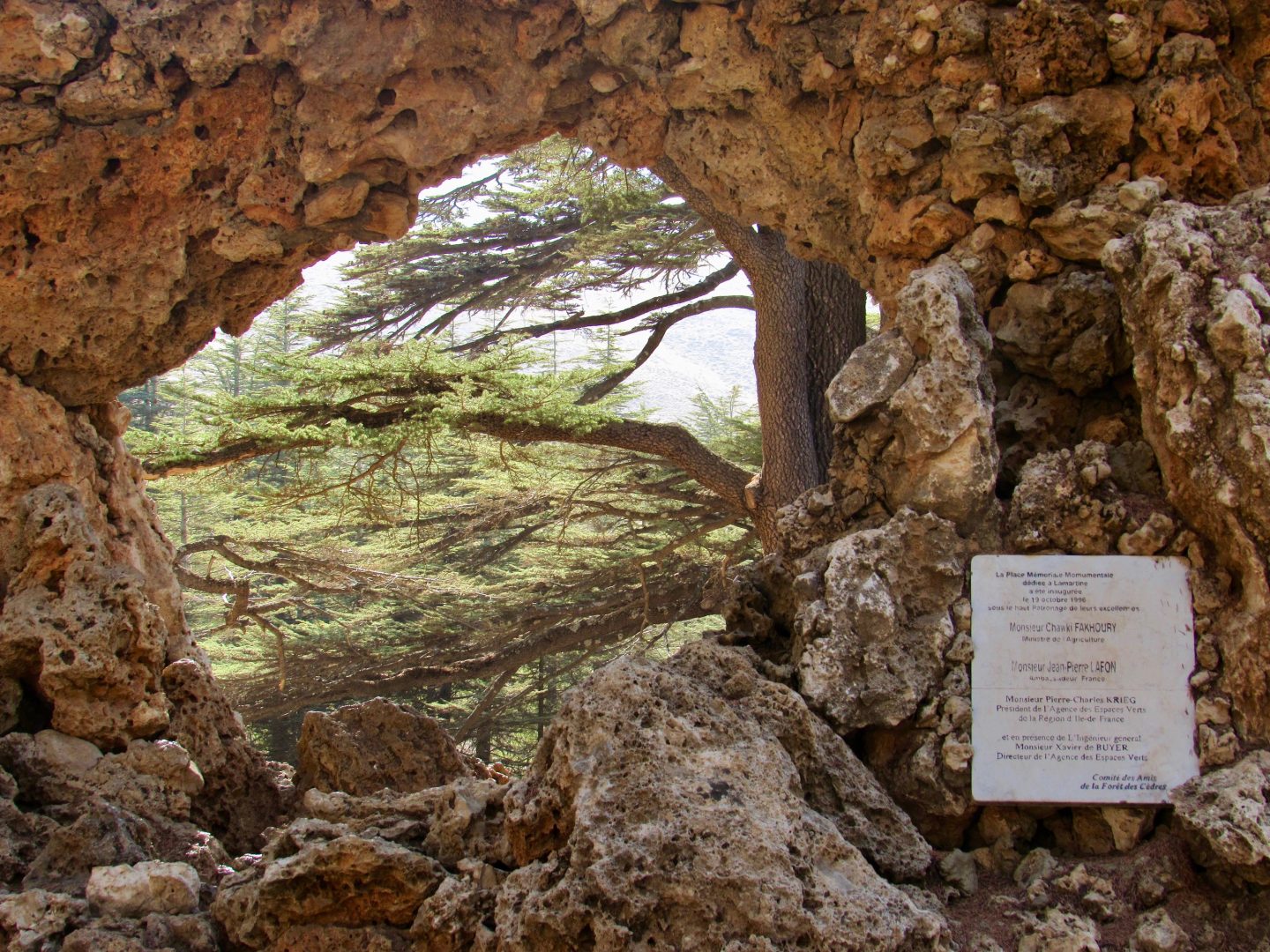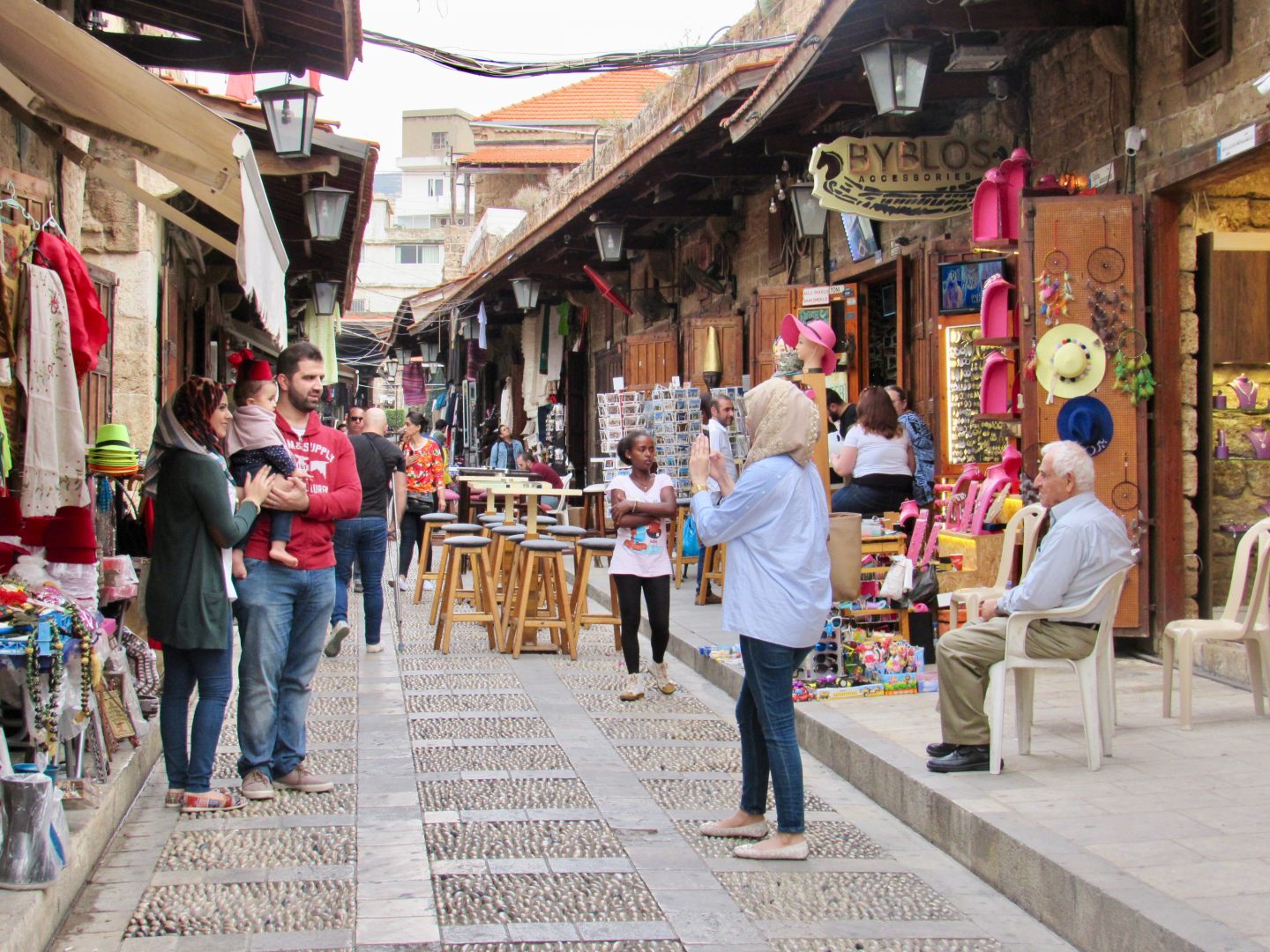Going to a place without tourists is difficult, but I think I did it when I went to visit Tripoli in Lebanon. This is probably due to the fact that if you search the city on Google, you will see media like ABC calling it the “jihadist city of Lebanon.” People in this city live like any other, the difference is that there is strong military control. The streets are full of soldiers with machine guns, war tanks and checkpoints.
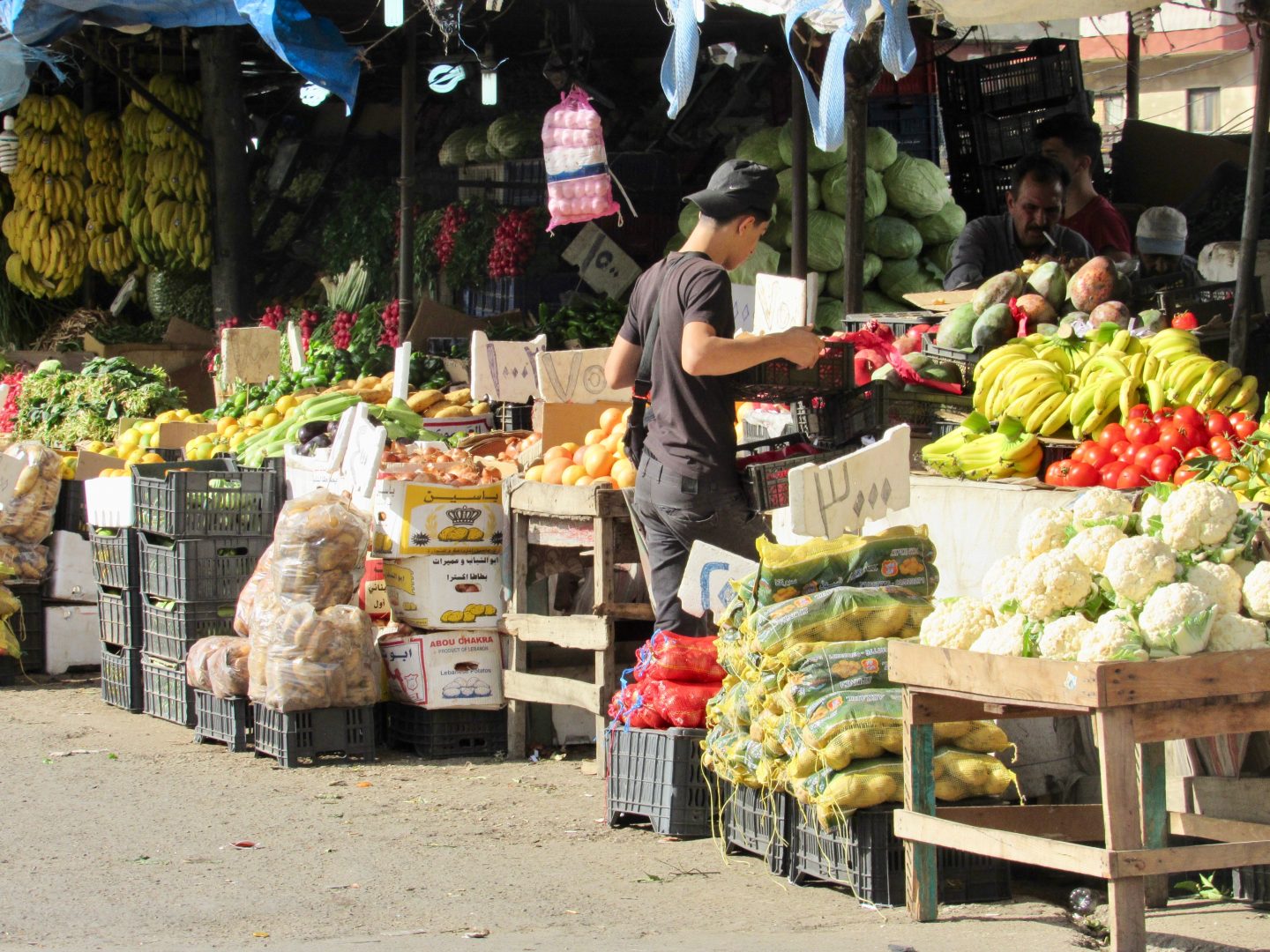
The French had a mandate in Lebanon for 23 years until the country gained its independence in 1943. Sunni Muslims and Christians lived in the coastal cities and Shia Muslims in the south and in the Bekaa Valley where the ruins of Baalbek remain.
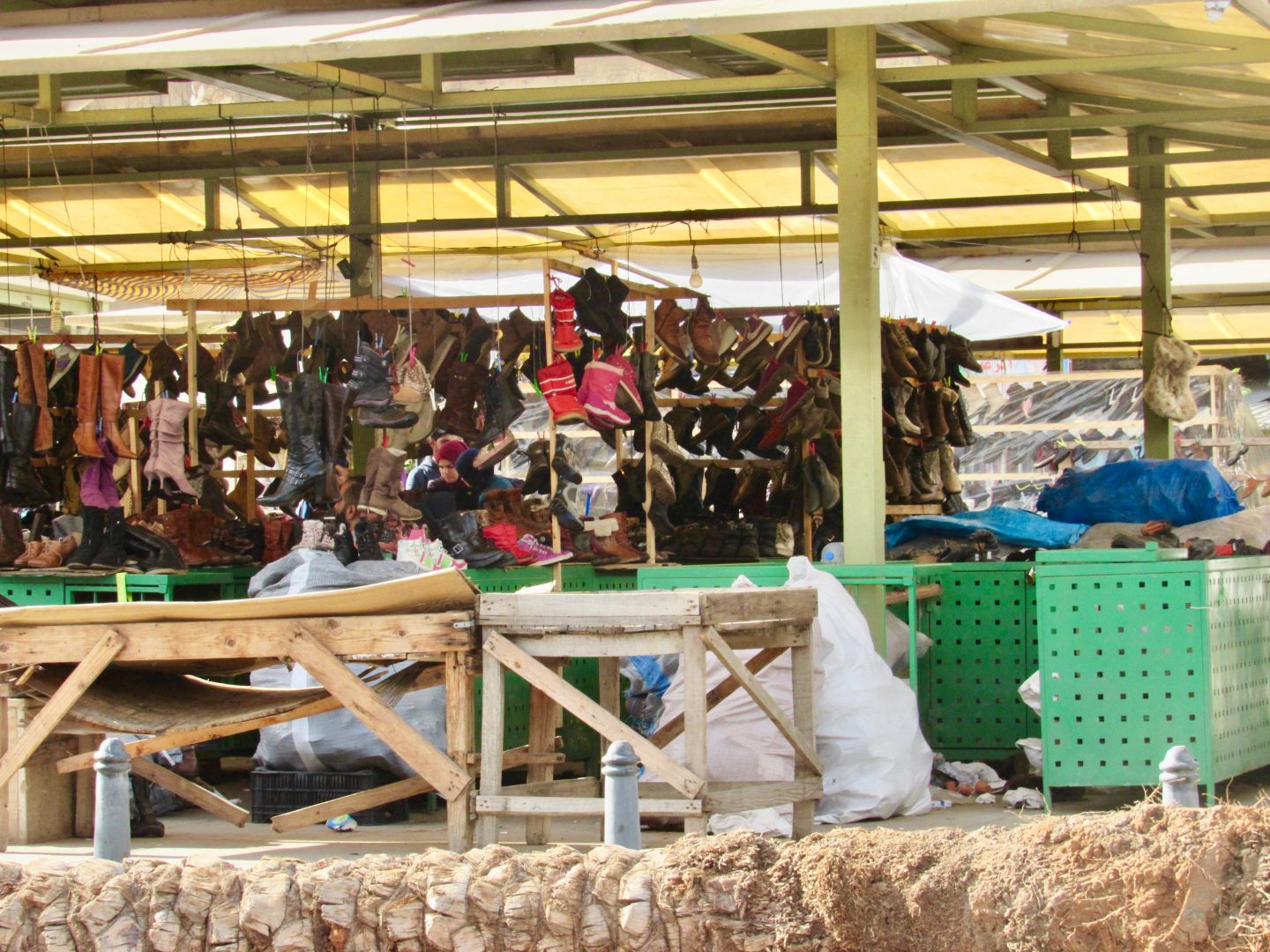
The government was controlled by Maronite Christians, but much of the Muslim population was against the pro-Western position. When Israel was created, Lebanon received an exodus of Palestinian refugees between 1948 and 1967. These new people add to the numbers of Muslims living in the country.
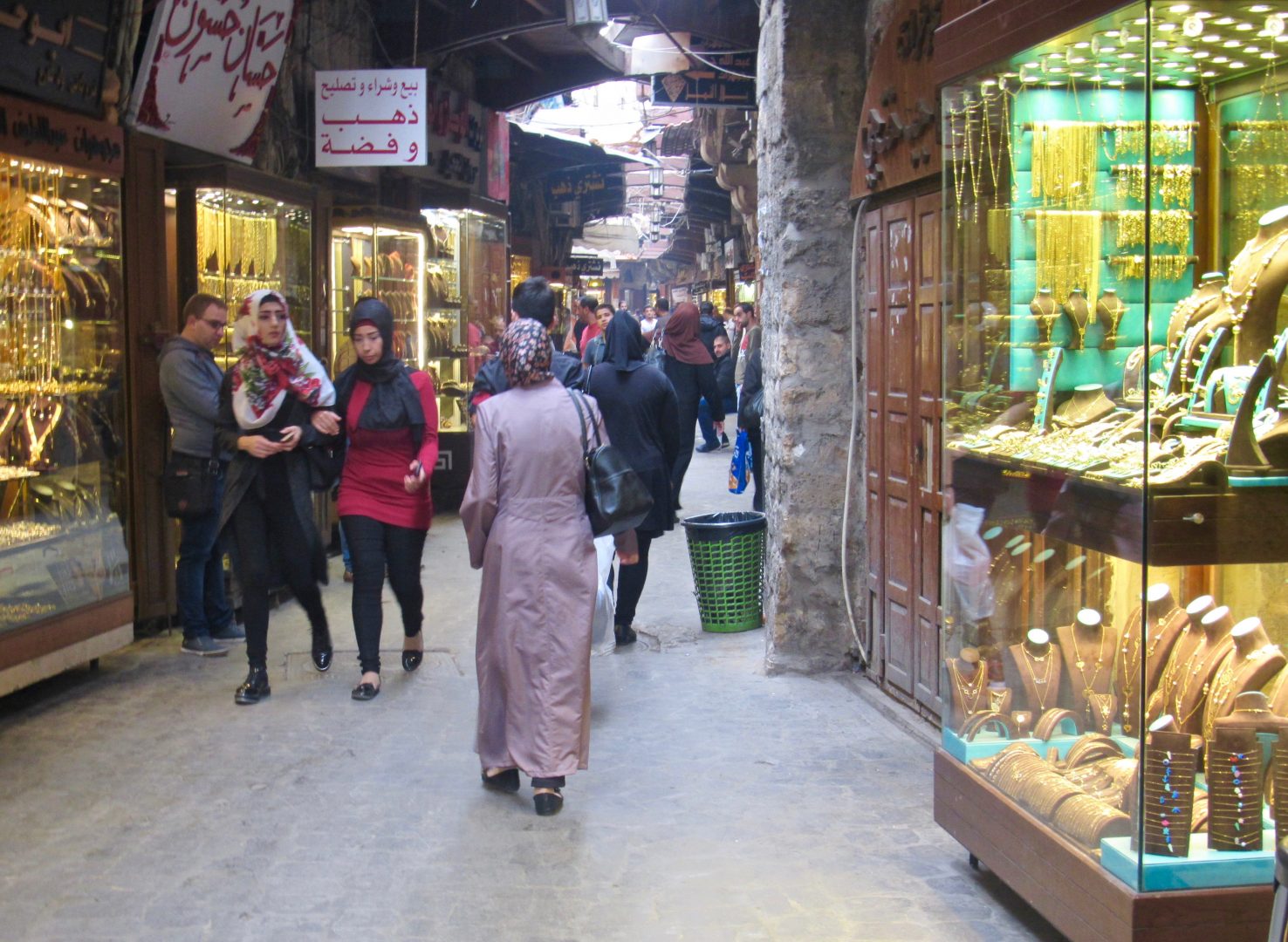
The fight between the Palestinians and the Maronites began the civil war in 1975. Lebanese leftist, pan-Arab and Muslim groups allied with the Palestinians. Then Israel and Syria went to war to support the different fractions. The war finally ends in 1990 with an estimated 120,000 Lebanese death. More than 1 million people left the country as a result of the war. Religious tension between the Sunni and the Shia continued after the war.
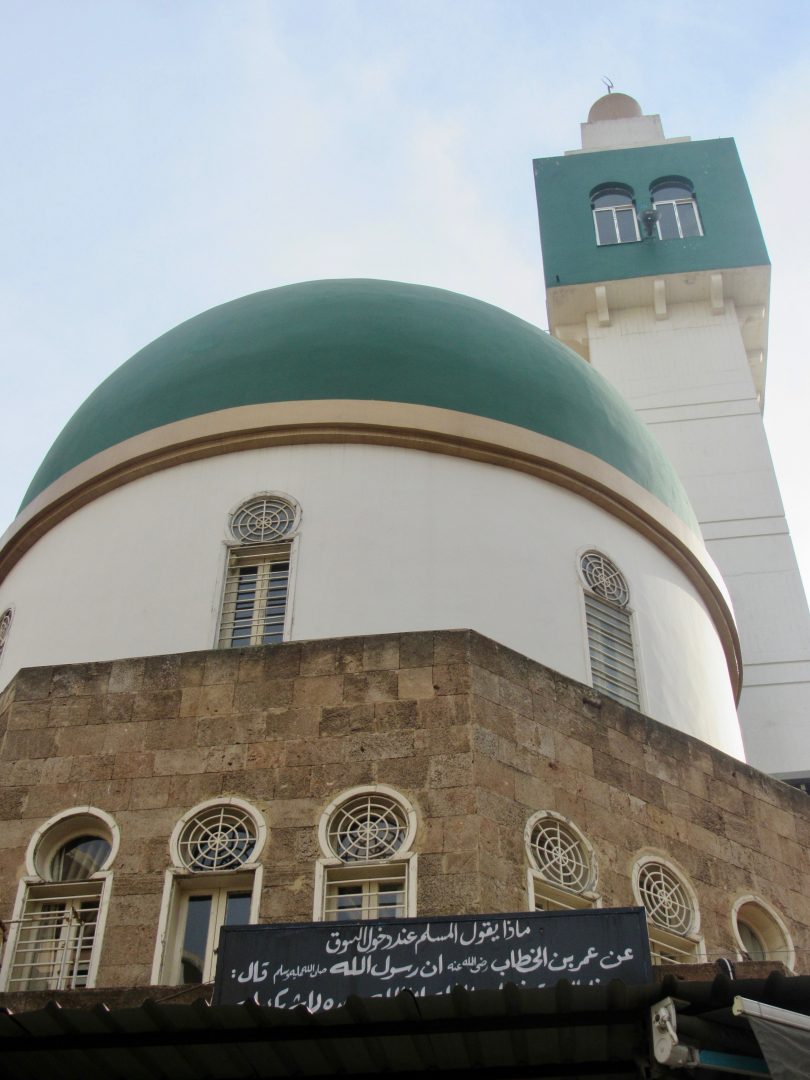
The Bab al-Tabbaneh-Jabal Mohsen conflict in Tripoli
In 1916, Mark Sykes representing the British government, and Francois Georges-Picot of the French government, decided the borders of the Middle East countries we know today. This agreement was done fairly quick because they were in the middle of the First World War. These straight lines were useful to both countries at the beginning of the twentieth century, but they affected the lives of millions. Syria and Lebanon were under French mandate, while Iraq, Transjordan and Palestine would be of the British.
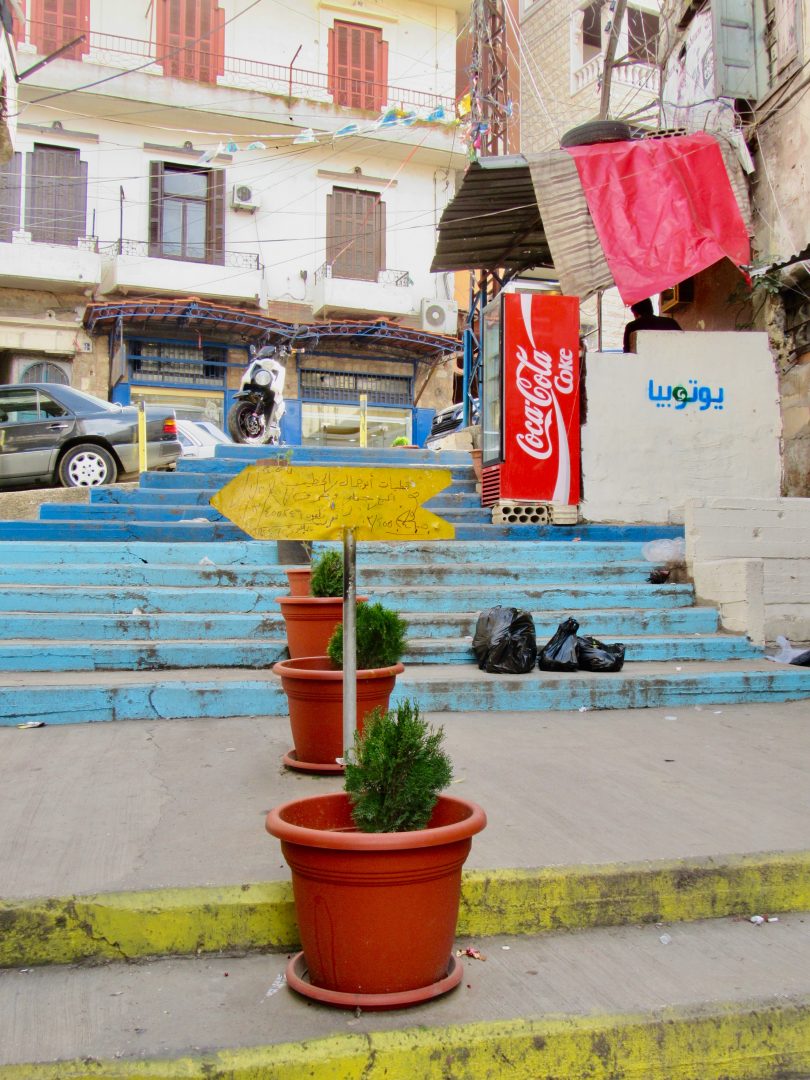
Both nations had promised independence to Arab countries if they rebelled against the Ottomans. They did not take into account sectarian, tribal or ethnic distinctions on the ground. This caused a struggle to bring out European powers and a sense of Arab nationalism.
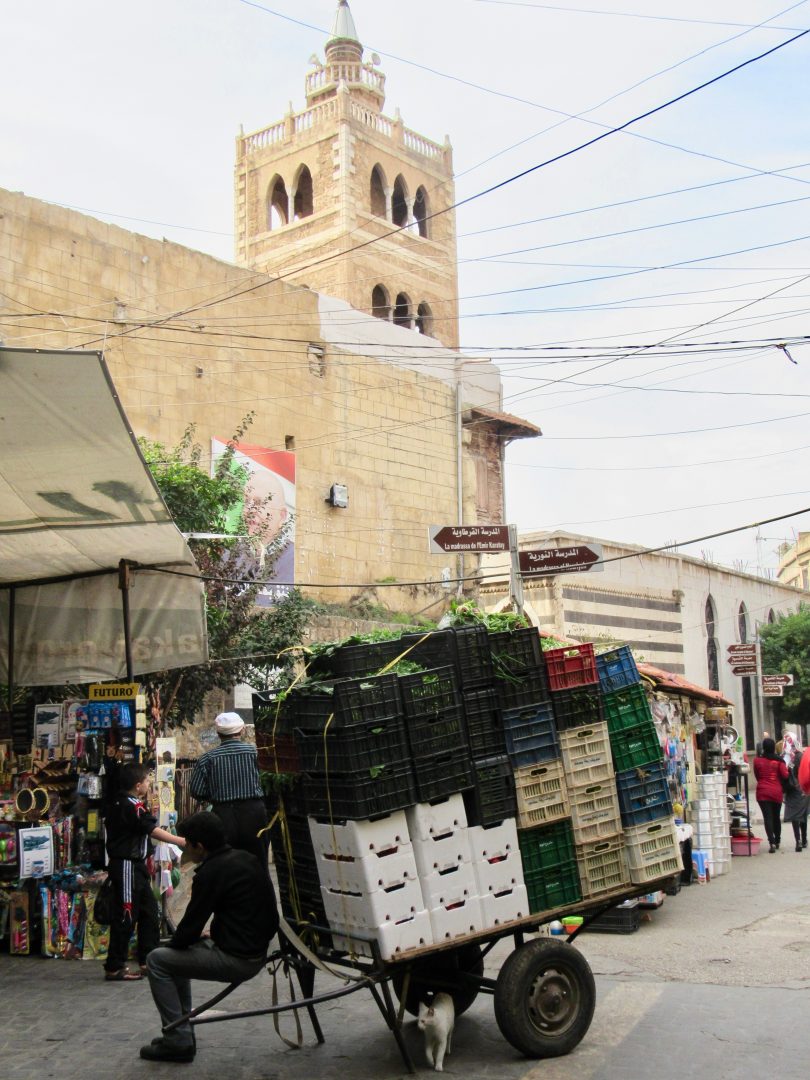
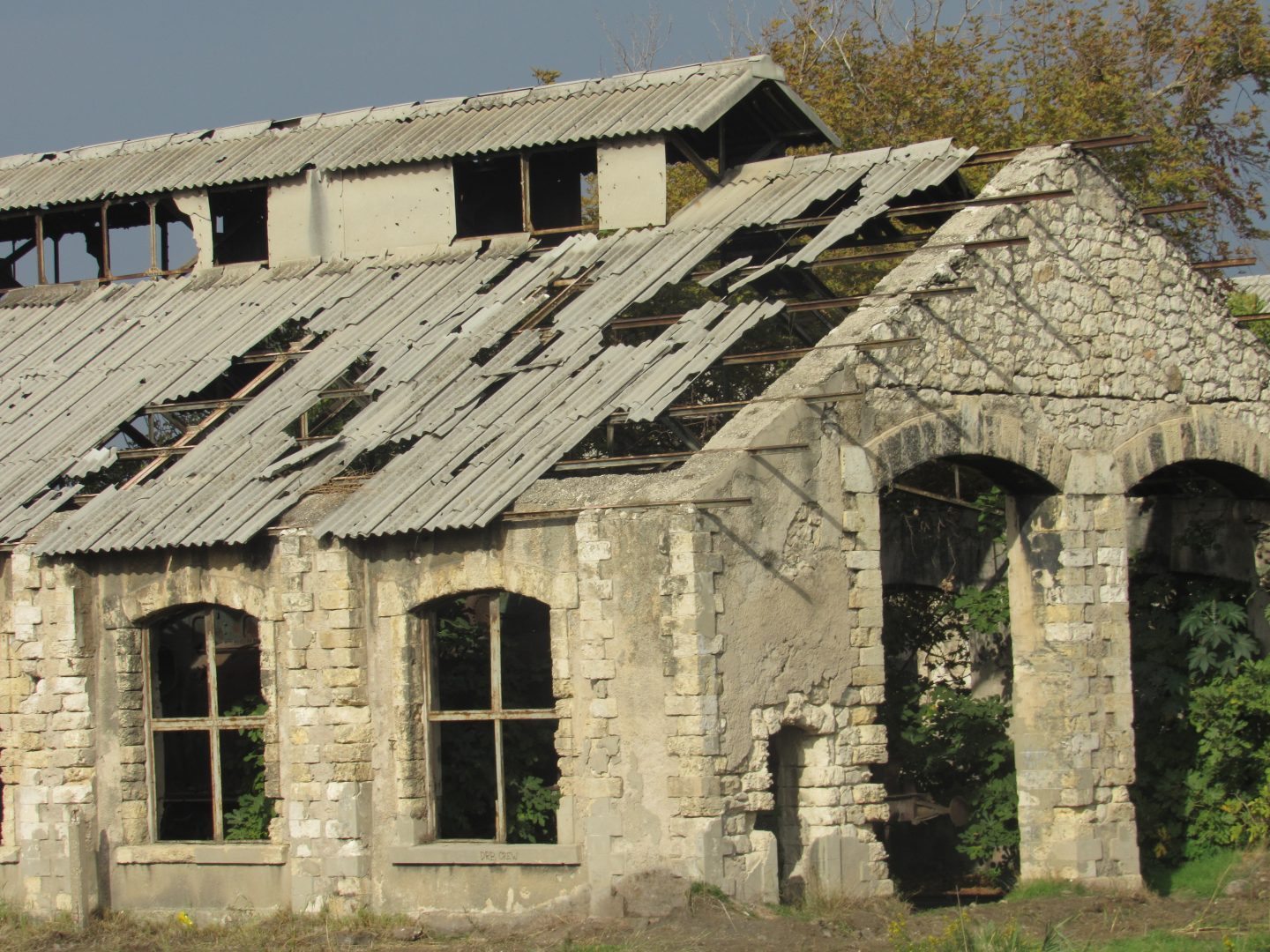
Sunni Muslims in this city live in Bab-al-Tibbaneh, a poor and dirty neighborhood. They have supported the call to take up arms in Syria. While the Alauites, a branch of Shia Muslims, live in the neighborhoods of Jabal Mohsen. Residents of both neighborhoods have been rivals since the Civil War in Lebanon.
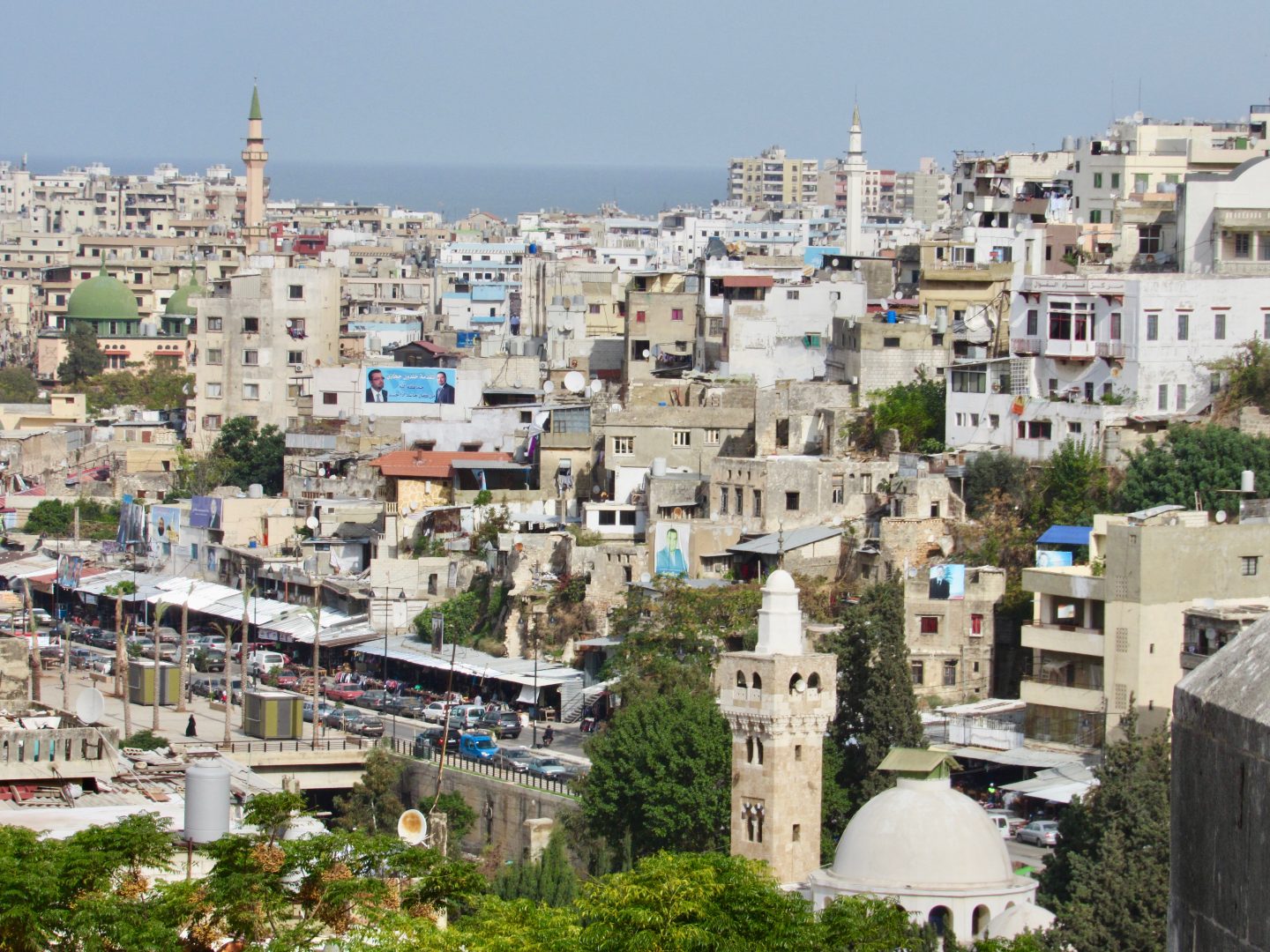
The Alawis were oppressed by the Ottoman Empire that was Sunni, but gained power when France occupied Syria. They came to power in Syria after its independence, which bothered part of the Sunni majority.
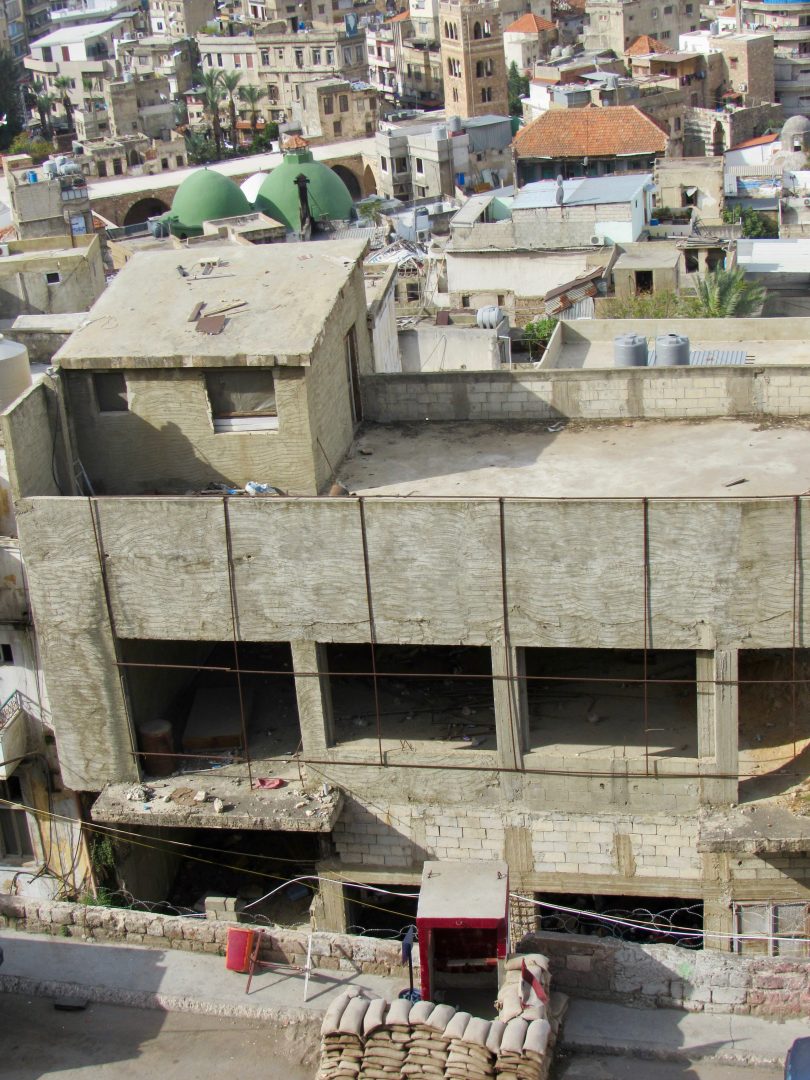
Shots and bombs between both neighborhoods
With 500,000 inhabitants, Tripoli is the second largest city in Lebanon after Beirut. Since the majority of the population is Sunni Muslim, this city is considered the territory of the conservative Sunni. The Sunni represent 27% of the country’s population. In this city it is common to see women wearing niqab, the black veil that completely covers women, showing only their eyes. Sunni living in Bab-al-Tibbaneh are funded by Saudi Arabia. While the Alawis have close ties with the Al Assad family, rulers of Syria.
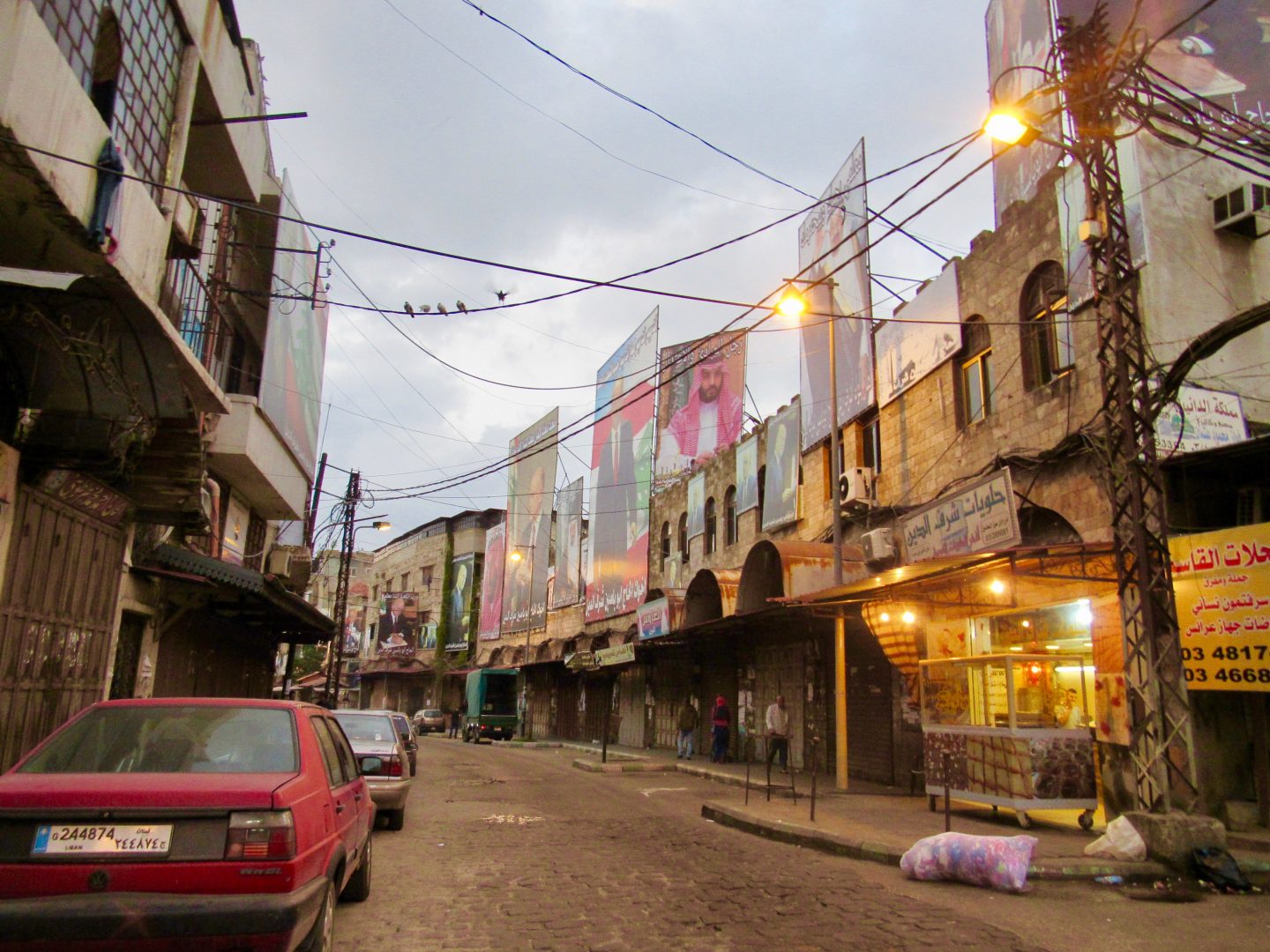
The two neighborhoods are divided by Syria Street. Jabal Mohsen is on top of a hill while Bab al-Tabbaneh is down. Since many of the boys in the neighborhoods are unemployed, they are easy to mobilize. In 2008 the conflicts between both neighborhoods began again.
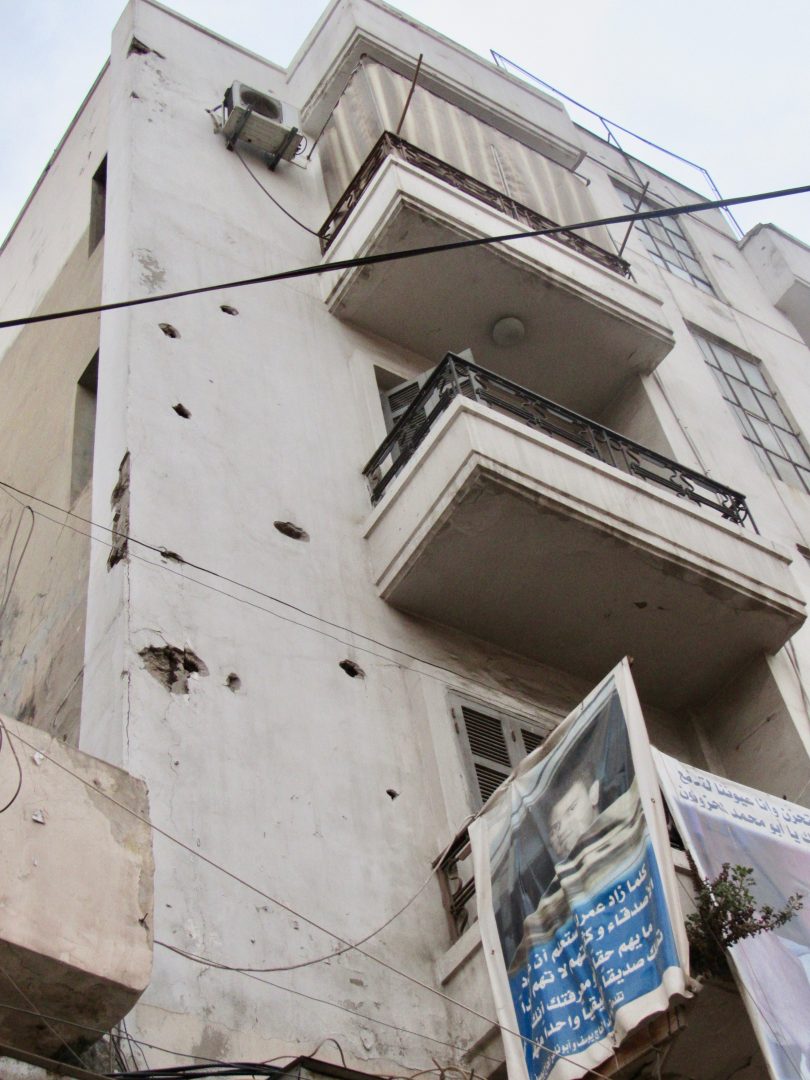
The Sunni (pro-government) fought against the Alawites (anti-government). Rocket-propelled grenades were fired and fired with machine guns. Of course, people were wounded and dead. The attacks continued until 2015, when two suicide bombers flew away killing nine people and wounding more than 30 in a cafe in the Jabal Mohsen neighborhood.
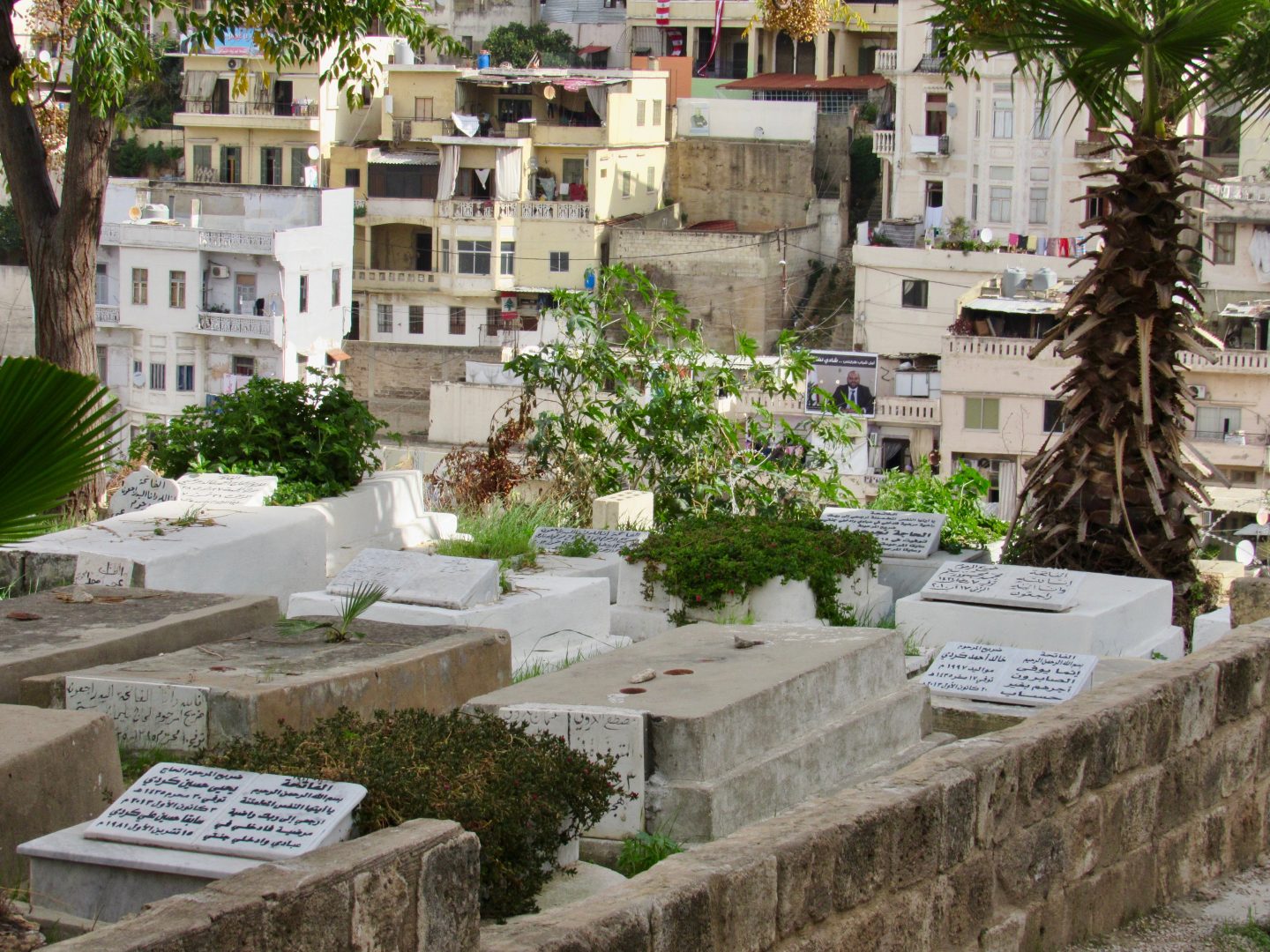
Since then things have calmed down a bit. The government has put a very strong hand and that is why they are putting in jail anyone who may be a terrorist. Many say this includes innocent people and this has united both sides against the government.
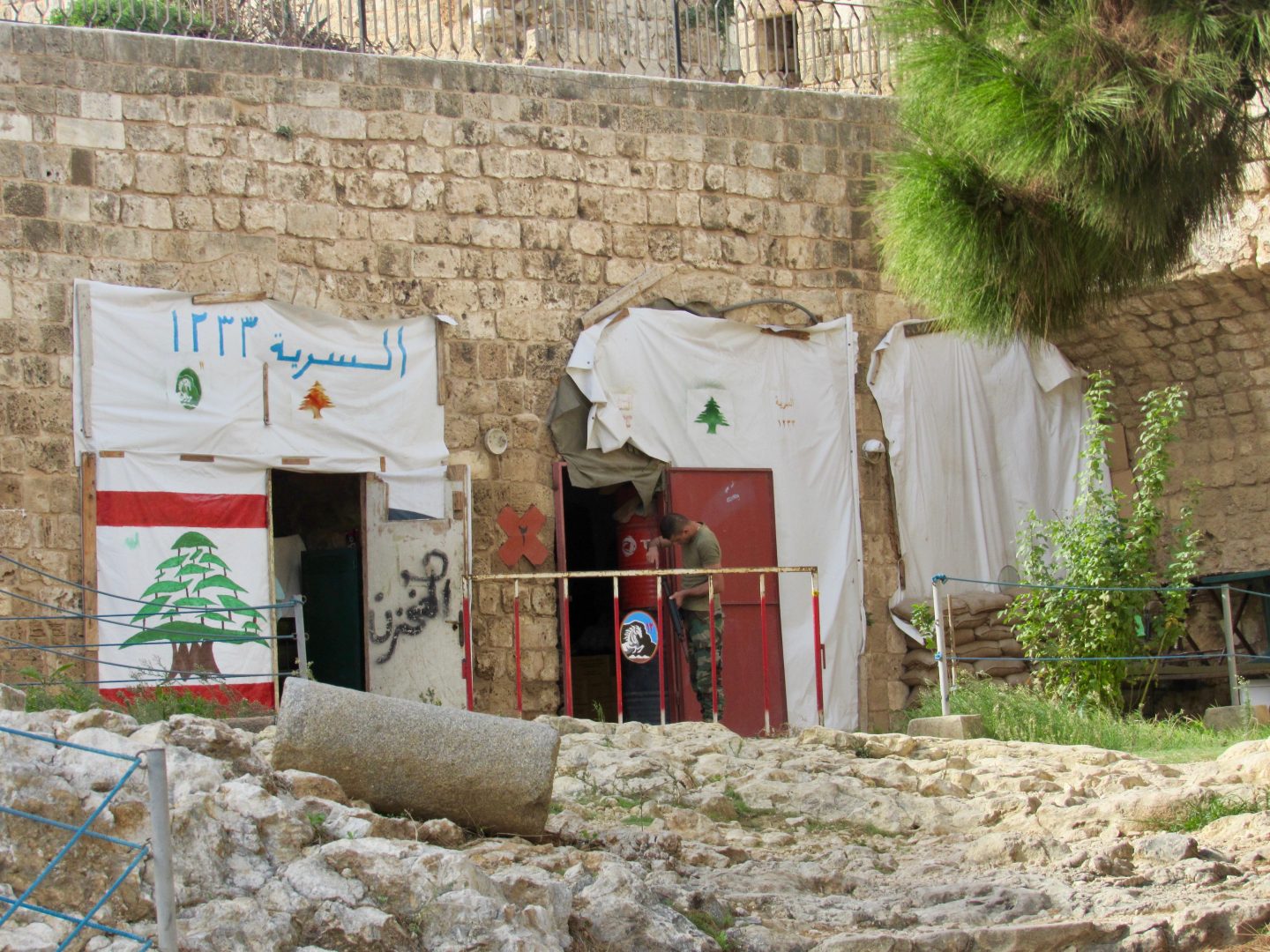
Hope for a better future for a historic city
You can tell that the city was once beautiful, since there are buildings that show really special architecture. Its location is privileged next to the Mediterranean with a port area called El-Mina. It is the only part of Lebanon with islands, which are protected because they serve as a place for loggerhead turtles (loggerhead, cayume or bighead) to lay their eggs.
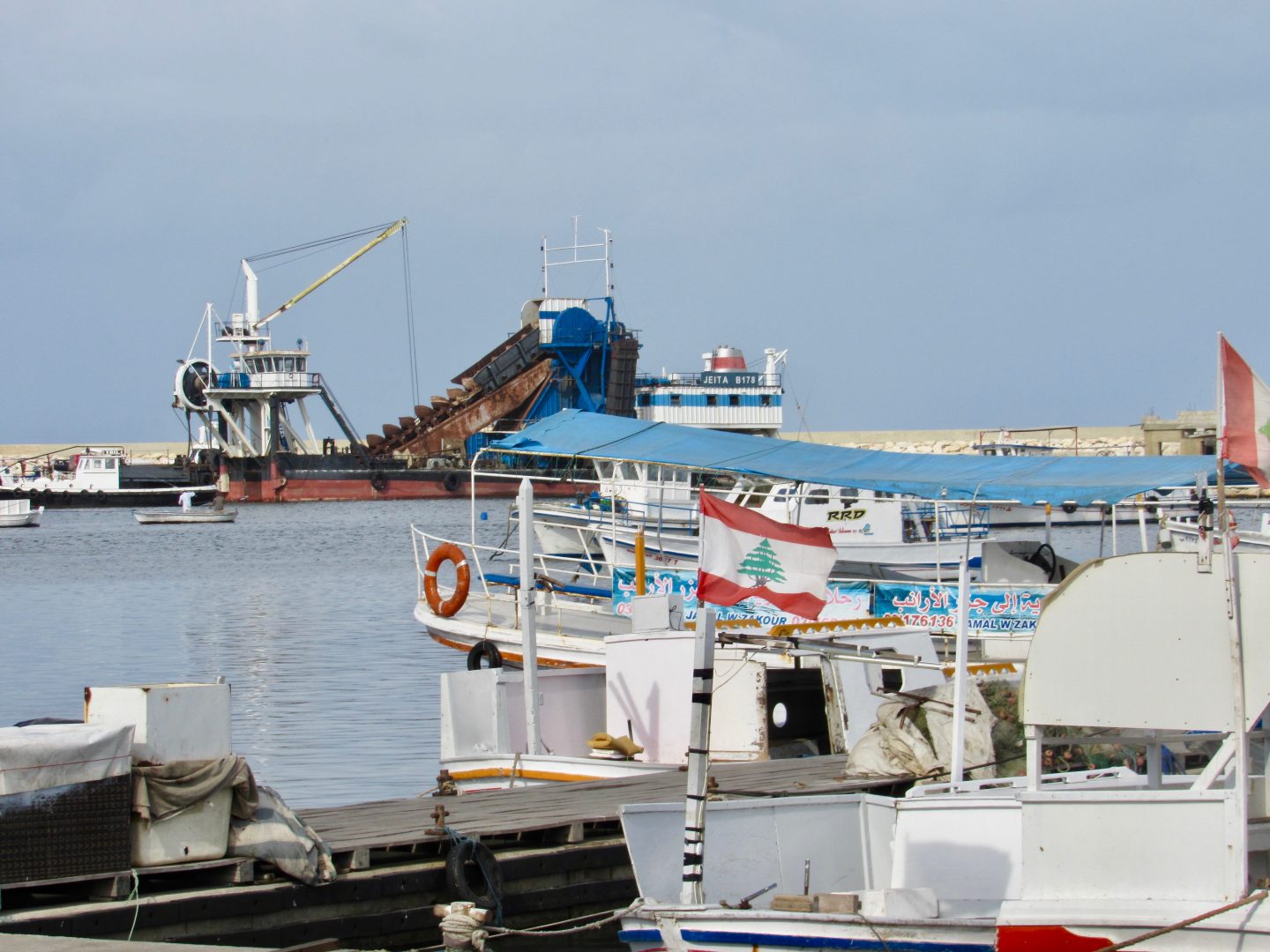
The history of Tripoli can be traced until at least the fourteenth century BC. In the nineteenth century the Phoenicians established a commercial station in Tripoli. During the time of Alexander the Great the city was used as a shipyard. Then the Umayyad government (the same ones that built Anjar) the city returned to being a commercial and shipbuilding center. In 1109 the Crusaders arrived, making a fort and declaring the city as the capital of the country of Tripoli. Then came the Mamluks, Ottomans, French and finally the country gained its independence.
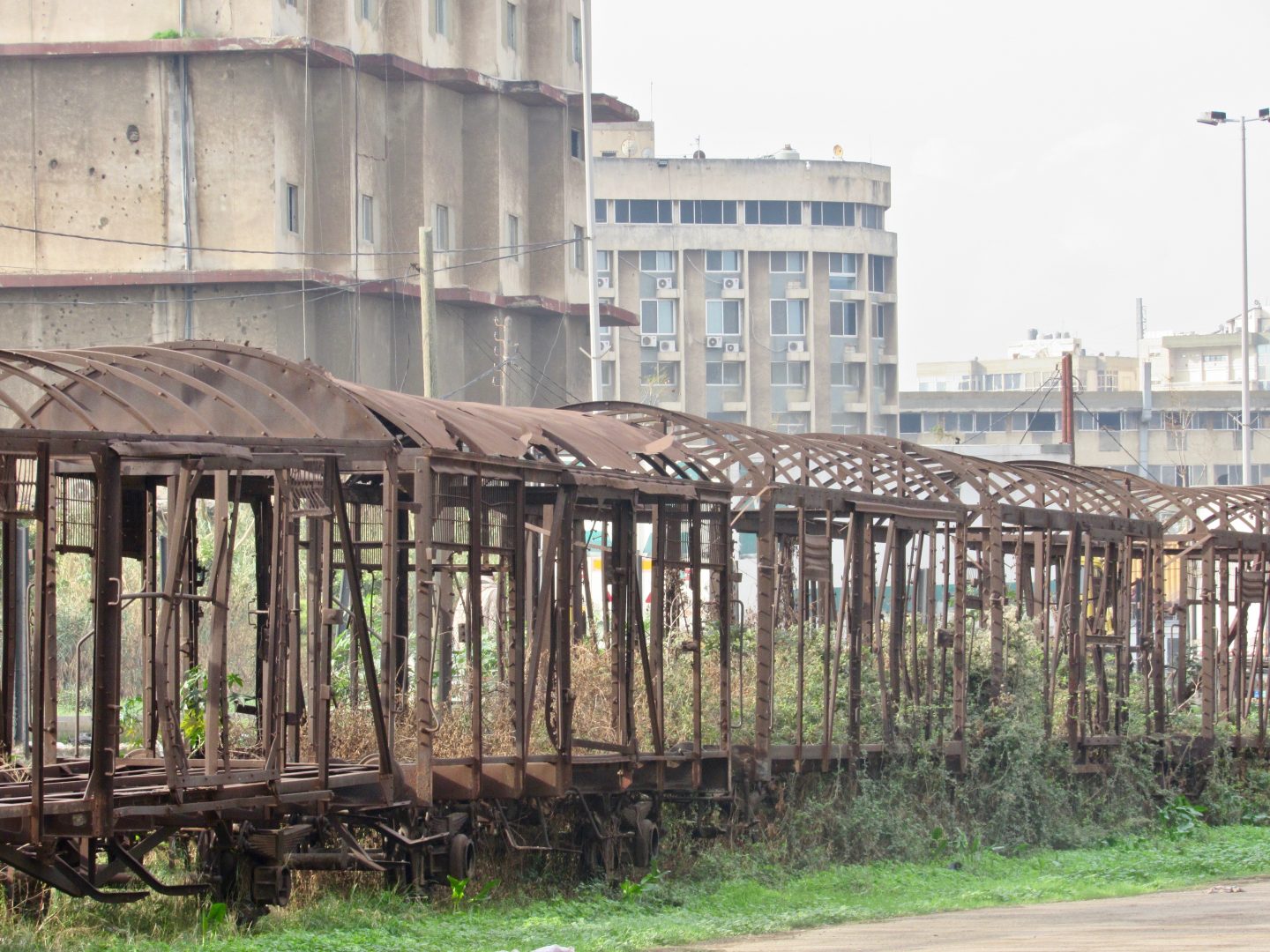
When you get into Trip Advisor you almost don’t find information about things to do in Tripoli. Luckily if you decide to venture and go, you can read my article What to do in Tripoli, Lebanon?
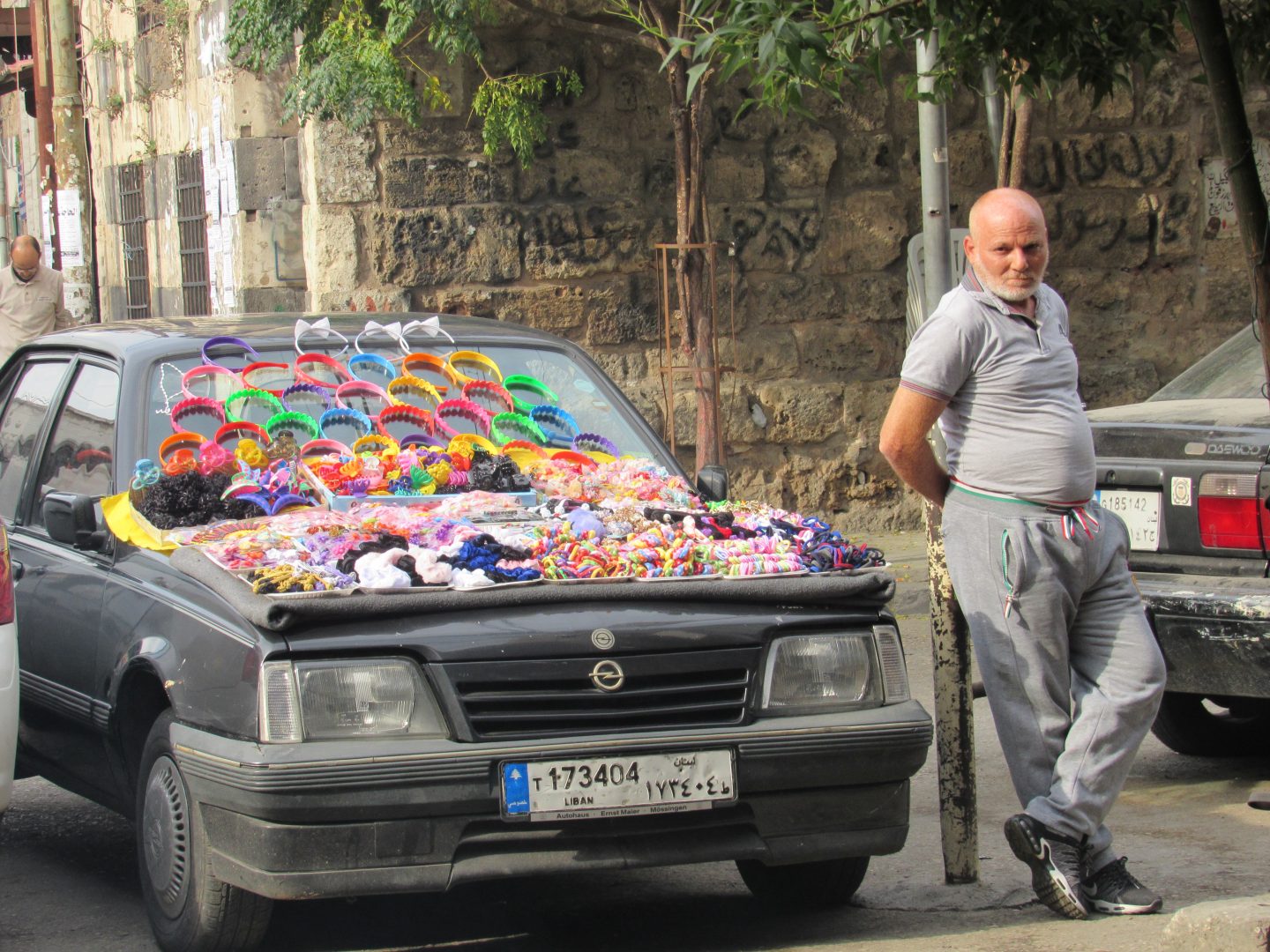
You can also hire Yassmin Lawzi as a guide. She is a young woman who wants to break the bad reputation of her city and offers tours for locals and foreigners. You can follow her on Instagram as @trip2poli
During my visit I stayed at Via Mina Hotel in El-Mina which is five minutes from Tripoli. I invite you to read my article about this beautiful historic boutique hotel.
It is worth going to less explored sites and knowing a historically fascinating city. Be sure to take your camera because it is a good place to take photos.
